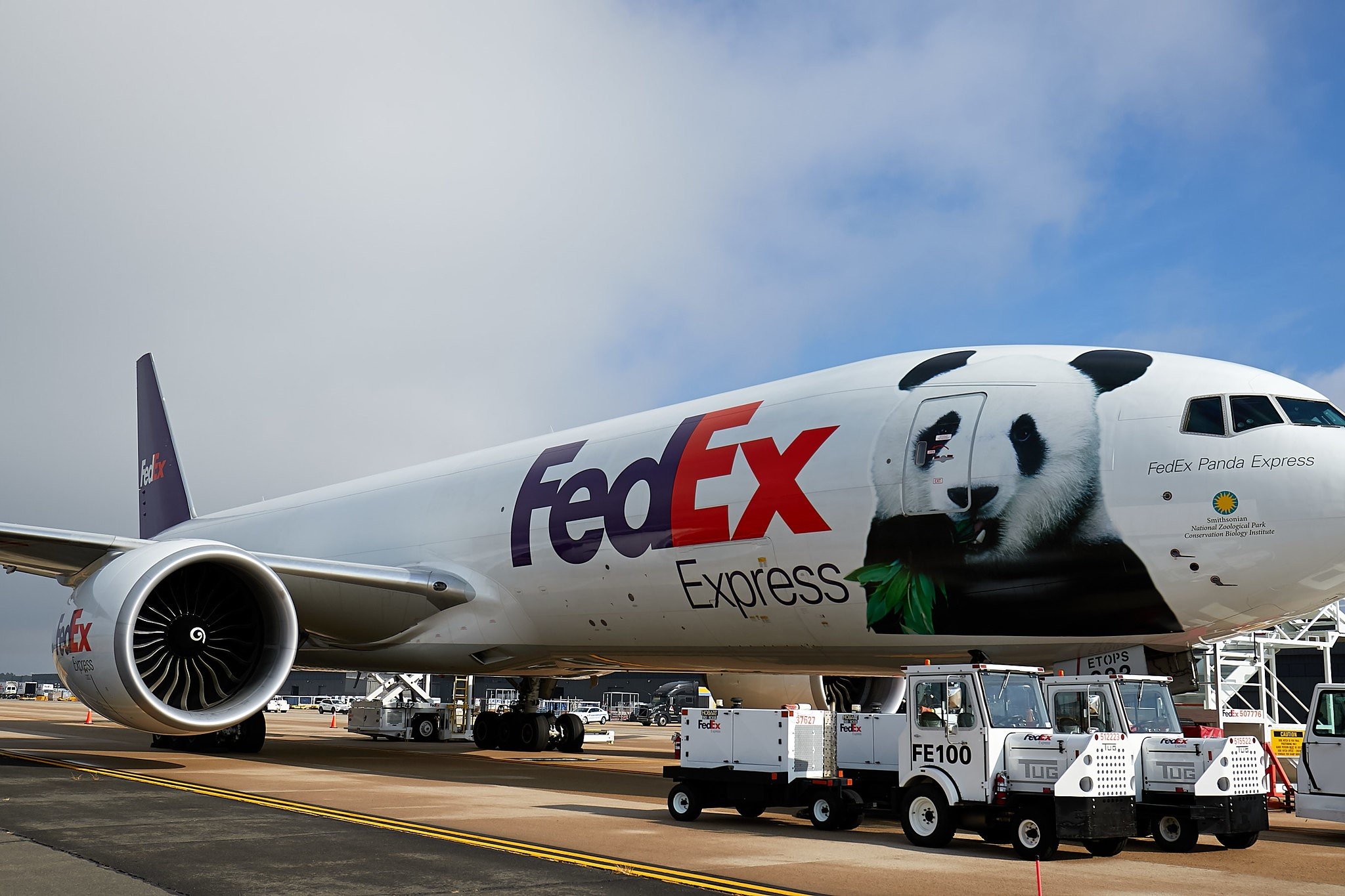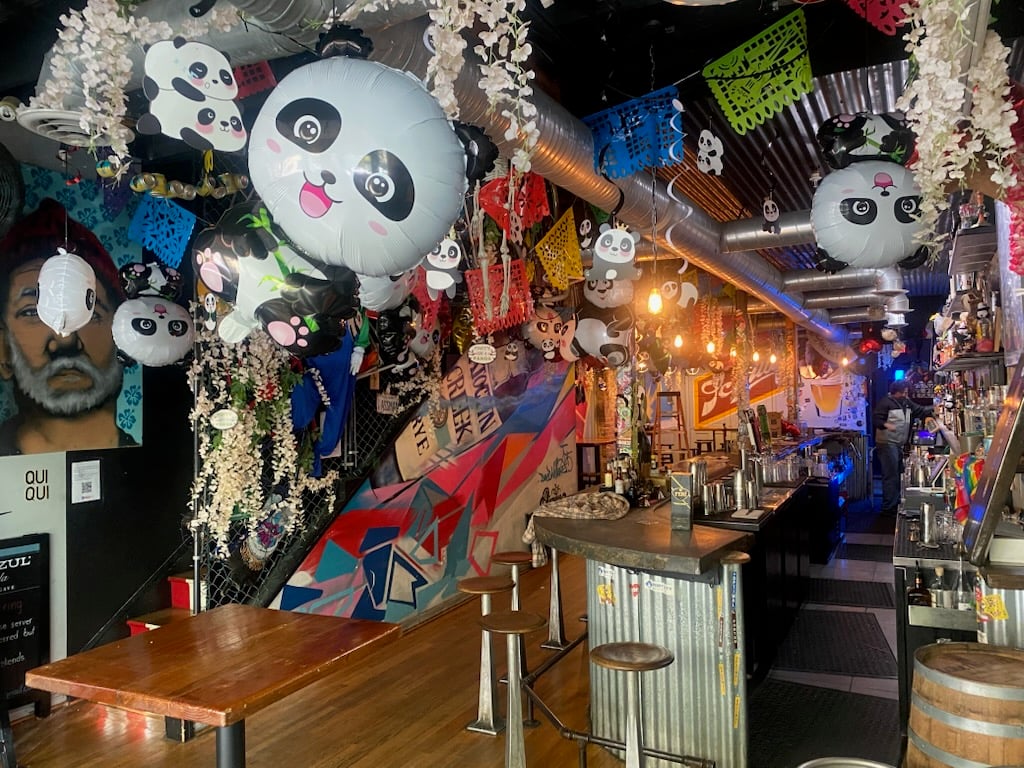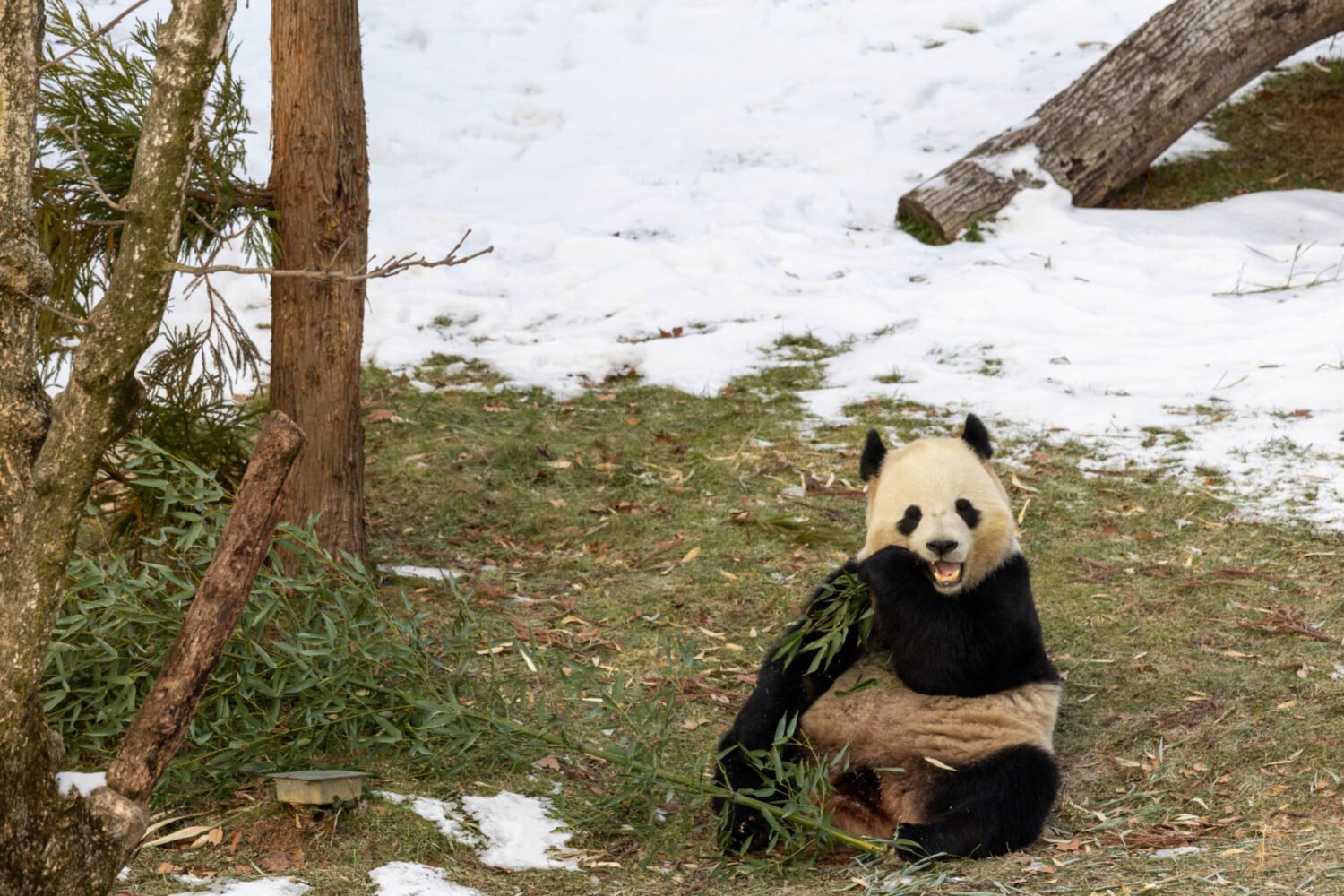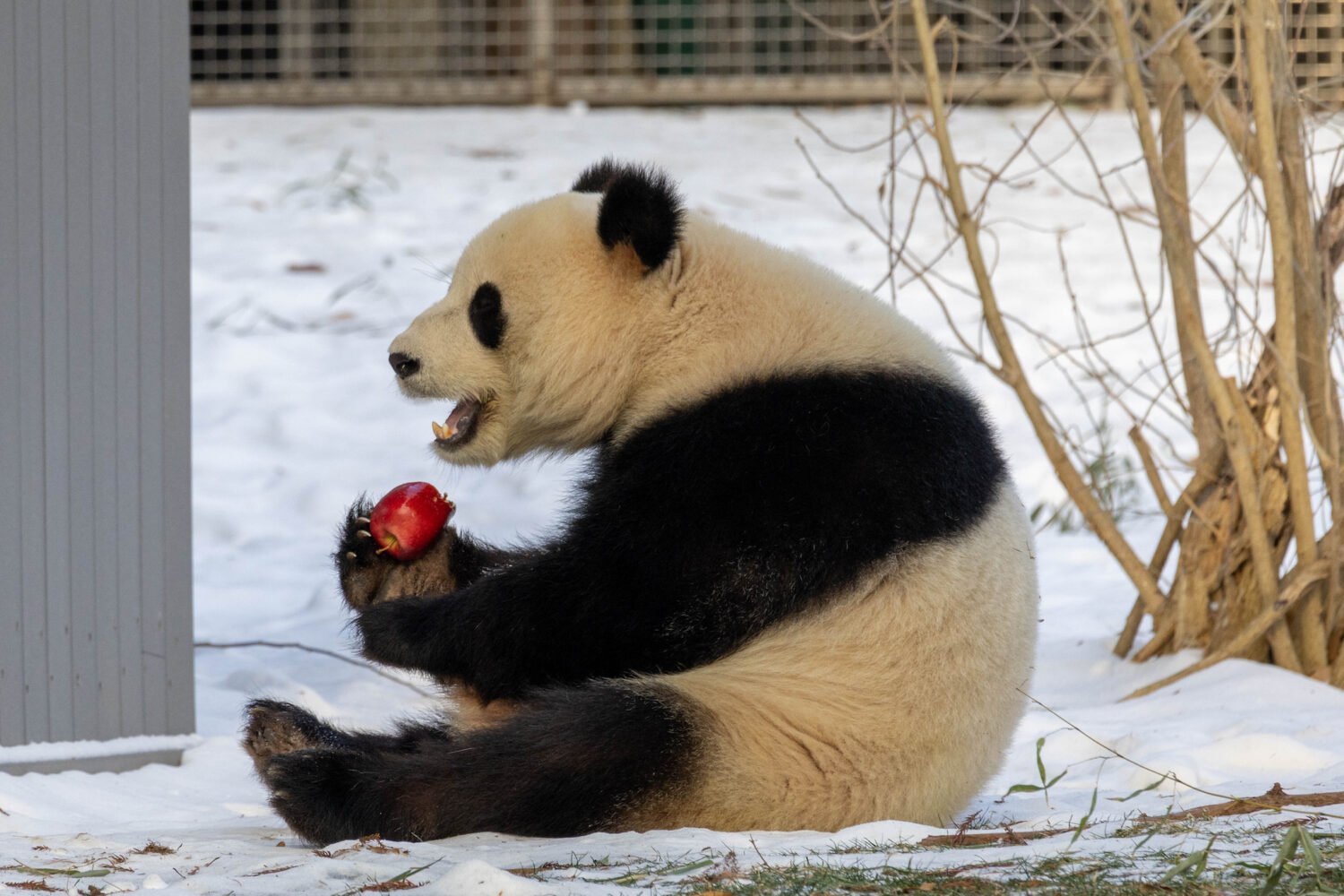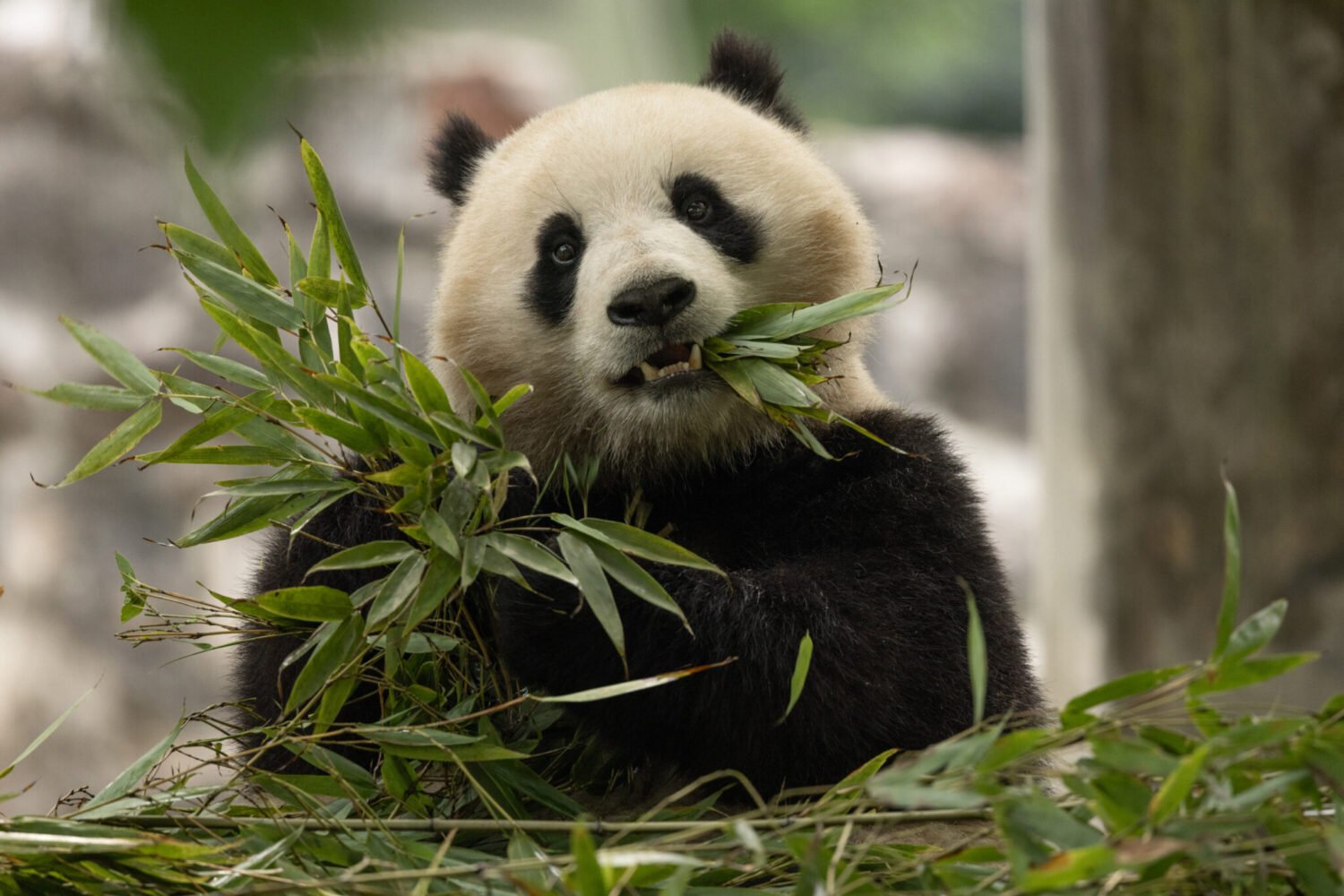One morning in the next two weeks, Mei Xiang, Tian Tian, and their cub Xiao Qi Ji will get into their already-familiar transport crates, board a truck, and find themselves at Dulles International Airport. When the wheels of the Boeing 777 “Panda Express” with giant panda decals lift off the runway, panda-maniacal DC will be panda-less for the first time in nearly a quarter century.
For their journey, “the pandas have quite a packing list,” says Ellie Tahmaseb, a National Zoo spokesperson. Along with roughly 300 pounds of bamboo—an adult panda can gnaw through one third of that in a day—the pandas’ in-flight menu includes “leaf eater” biscuits, low-starch biscuits, carrots, apples, sweet potatoes, sugar cane (Tian Tian’s favorite), pears (for Mei Xiang), and cooked squash (Xiao Qi Ji’s snack of choice).
The pandas will be joined by a trained FedEx loadmaster and by a few of the zoo’s animal care specialists, who will be able to walk through the plane’s cargo area like flight attendants to feed the bears. The pandas will be used to their shipping containers—two out of three have already been delivered to the zoo, and the pandas have had a chance to explore them.
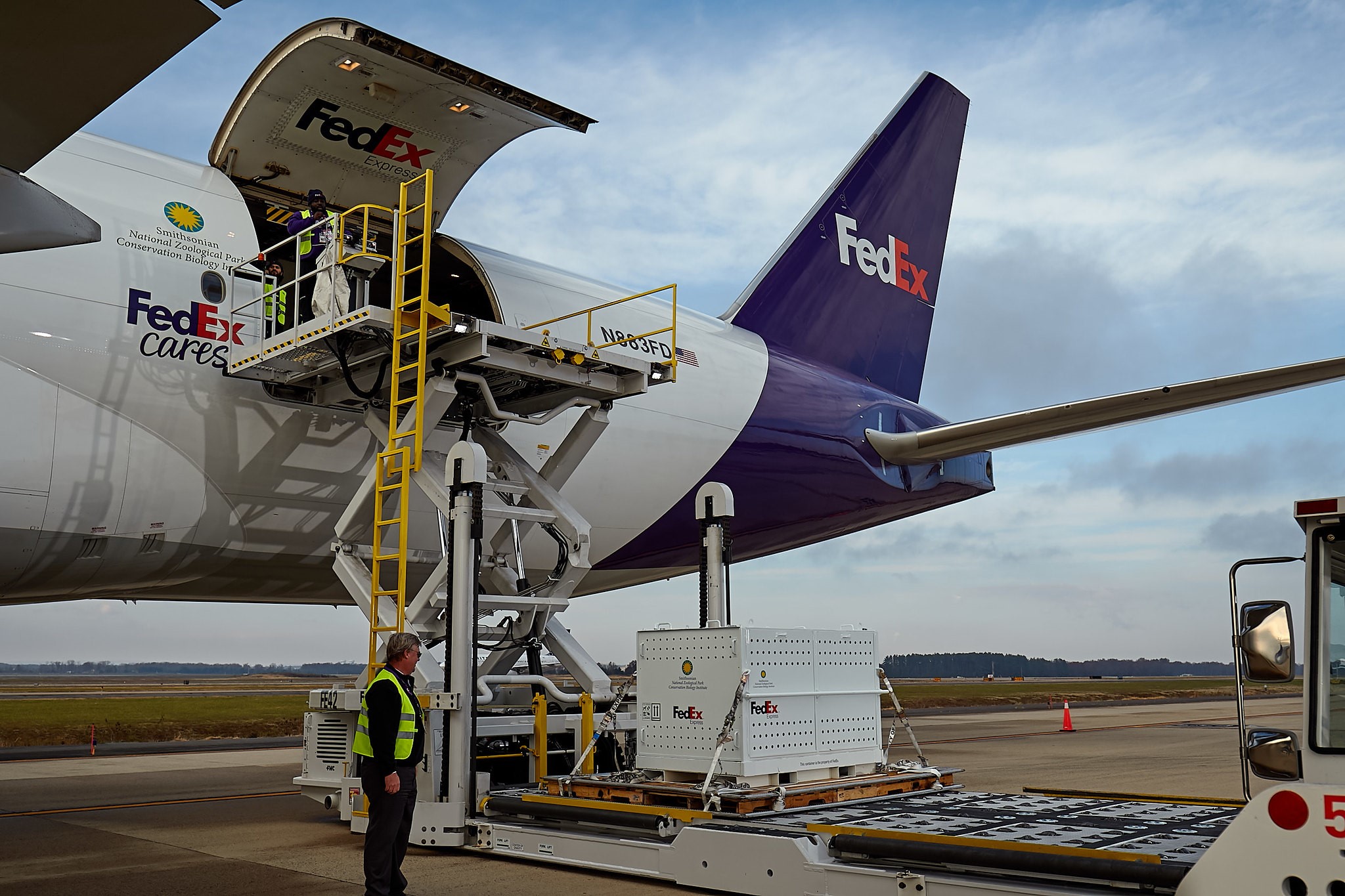
Barred from Russian airspace, the plane will have to take the long route over Alaska, pausing for a quick refueling stop in Anchorage. After 19 hours, it will finally land in Chengdu, a megalopolis at the foot of the mountains of Sichuan province, the Giant Panda’s native turf. The pandas will quarantine for a month at the Shenshuping Panda Center in the Wolong National Nature Reserve, a UNESCO-recognized area of protected land that’s home to a third of the world’s pandas.
FedEx has shipped 15 pandas on 10 separate flights in recent years. During past journeys, the company has said, their panda passengers have sat back and relaxed, much as they do at the zoo.
The pandas might be blissfully unaware, but their voyage is momentous. For many, it feels like the end of an era: China appears to be pulling back its pandas from zoos across the US and Europe, and there will soon be just one zoo in America with pandas: the Atlanta Zoo, whose panda contract expires next year.
The National Zoo, like all American zoos, does not own its pandas, and the leases are entirely up to Chinese conservation authorities. The National Zoo plans to renovate its panda enclosure with future panda residents in mind, and is eager to work with the China Wildlife Conservation Association to bring pandas back to DC. But as of Mei Xiang, Tian Tian, and Xiao Qi Ji’s departure, there are no concrete plans to do so.

